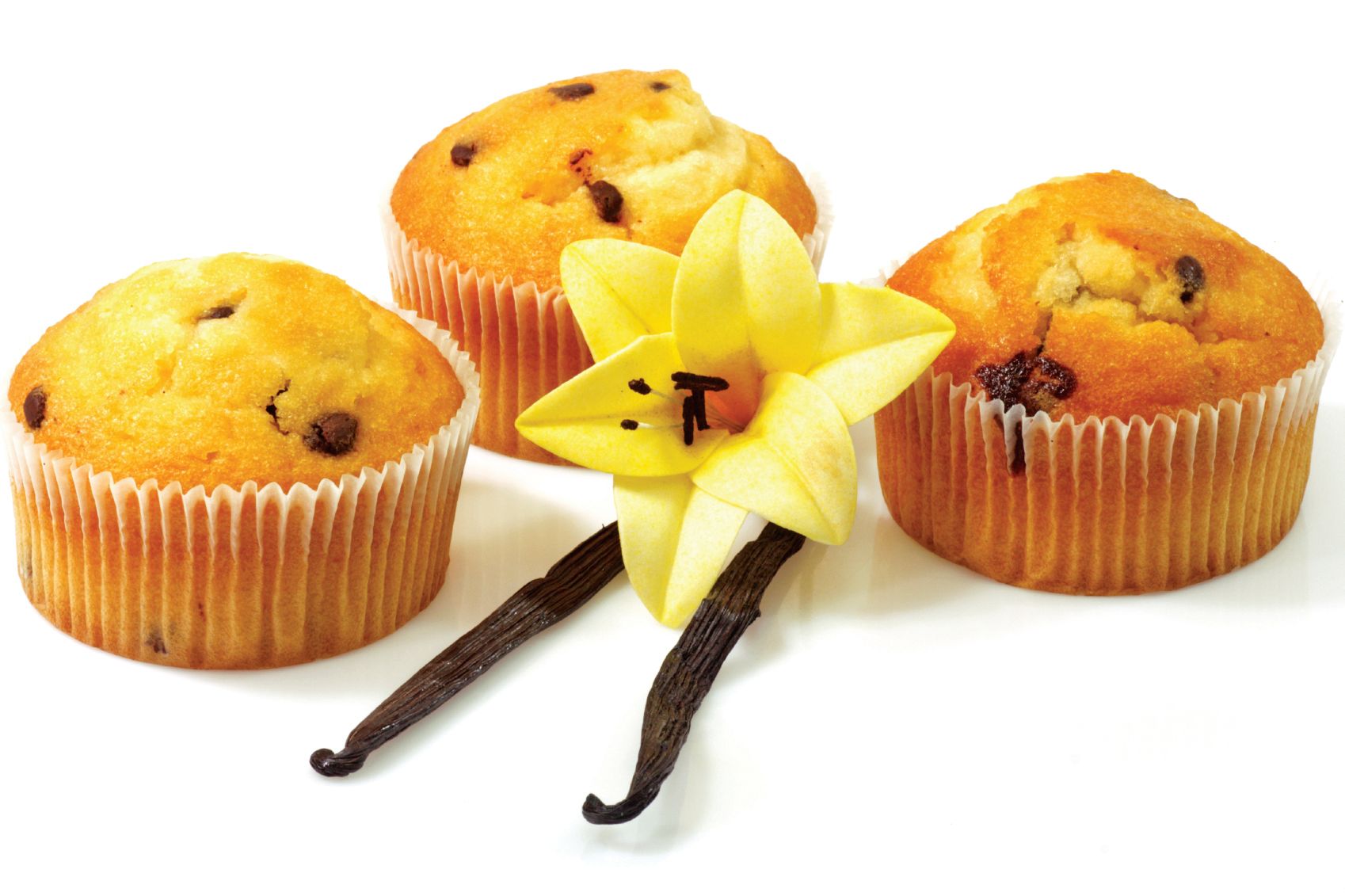Last Bite: Vanilla
A look at the dynamic vanilla bean market

It’s one of the world’s most familiar flavors, but vanilla is quite the complicated plant. While its characteristic flavor is most often described as “creamy,” the taste of vanilla can be nuanced by where the plant grows, how its beans are dried, and numerous other environmental and man-made factors. The economics of vanilla are equally tricky. So whether its final destination is in vanilla bean ice cream or vanilla-flavored softgels, manufacturers have much to learn about modern day dealings with this orchid.
Sustainability
Despite vanilla’s early origins in Mexico, the African island country of Madagascar is now responsible for more than two-thirds of vanilla production worldwide. And ever since the Malagasy government gave up control of local vanilla trade in the early 1990s, the market has fallen to supply and demand, and prices have fluctuated. Natural elements such as cyclones in the early 2000s have not helped.
Rick Brownell, vice president of vanilla products at Virginia Dare (Brooklyn), admits that vanilla prices in recent years reached historical lows. “But those carryover stocks are essentially now depleted.” As a consequence, vanilla bean prices throughout the world are already increased as much as two- and three-fold. Any vanilla supplier will attest to this.
So, what is a responsible manufacturer of vanilla products to do?
One logical step would be securing vanilla through vertically integrated vanilla suppliers who may have greater control over the availability, quality, and price of their vanilla. This is a key objective of Virginia Dare’s new partnership with SOARARY, a family-owned vanilla exporter in Madagascar. But its second purpose is perhaps more significant.
In restructuring its vanilla engagement, Virginia Dare and SOARARY say they will teach their farmers new talents in vanilla processing. One such activity is curing, a fundamental processing step during which vanilla beans are killed, sweated, dried, and conditioned before final extraction. Responsibilities such as bean curing are most often doled out to third-party processors, and this deprives farmers of potential extra earnings. By acquiring the expertise to perform their own curing, Virginia Dare’s farmers can receive a substantially higher price for their involvement further up the production cycle.
Concentration
Another way of securing quality vanilla without pinching finances is by using less vanilla.
It’s the custom of vanilla suppliers to offer not just “one-fold” vanilla-the federal standard for pure vanilla, defined by 13.35 oz of vanilla beans extracted in a single gallon of solvent (usually alcohol and water). No, dealers can offer as much as 10-fold and 20-fold vanilla. But higher strengths call for delicate (often costly) formula measurements, along with higher premiums.
Synergy Flavors (Wauconda, IL) thinks it has the perfect balance in Vanilla Bold, a new one-fold vanilla that acts as (and costs less than) a two-fold. Introduced in the summer of 2013, Vanilla Bold benefits from a “hydrodynamic” extraction process that vice president of sales Kim Kubach says is able to draw out more of vanilla’s desirable flavor components without the addition of its bitter, less-desirable ones.
“Vanillin is a key flavor constituent in vanilla, but there are hundreds of different natural building blocks in vanilla that make its iconic flavor,” says Kubach. “Some of these are present in parts per million, but they are just as important as vanillin. The problem is that the more vigorously you extract the desirable components, the more you also extract the bitter ones. Synergy has been able to solve this problem.”
At a slight premium over one-fold vanilla, manufacturers may get a deeper, stronger two-fold vanilla performance with Vanilla Bold.
Varietals
As much as Madagascar provides most of the world’s vanilla, other provinces do have relevance in the greater vanilla market. Two of these producers are Tahiti and Indonesia, and, like Malagasy vanilla, their harvests can be notably distinct in flavor.
“Vanilla is an orchid, so that creates, in and of itself, slightly different profiles,” says Jim Shepherd, general manager of beverage flavors for Sensient Flavors LLC (Hoffman Estates, IL). “As its beans dry and ferment, both of these stages change the chemistry of the plant, and this creates the flavor profile.”
The degree and duration of processing from region to region-even farm to farm-can change vanilla flavor. Shepherd speaks of woody, smoky notes to Indonesian vanilla, floral hints in Tahitian vanilla, and the perhaps more neutral flavor of Malagasy vanilla that consumers are so accustomed to. Each flavor has its niche-Tahitian in fragrances, for instance-and there is a real opportunity for story-telling and creating dialogue around
vanilla products.
The vanilla market is rapidly changing, and for all its uncertainty, it’s also exciting.
The Nutritional Outlook Podcast Episode 36: Best of the Industry Service Provider, Radicle Science
December 26th 2024Nutritional Outlook's managing editor, Sebastian Krawiec, interviews Radicle Science co-founders, Pelin Thorogood and Jeff Chen, MD. Radicle Science has been selected as this year's Best of the Industry, Service Provider.